When talking about artillery everyone always says "but the Soviets do it differently" but nobody ever really explains what that means. The purpose of this post is to start to explain how the Soviet system of artillery was different.
The first point to understand is the way that the Soviets allocated artillery support and how this affected their task organisation. They had two control states one was attached and the other was in support. If the artillery unit was attached it only fired for the force to which it was attached and would only be used in an emergency to support the higher headquarters. It moved under the control of the unit it was attached to and engaged targets at the direction of the combined arms (CA) commander.
The CA commander could at his discretion allocate the fire units organic to his unit or attached to provide fire in support of subordinate units in this case he would allocate fires based on his understanding of the situation across his unit or formation, as opposed to the Western approach where observers called for fire. Units of fire in support would be dynamically reallocated between subordinate units as the CA commander saw fit.
At every level of Command the CA commander would allocate units to be attached to subordinate units and formations in order to emphasise his main effort and increase the weight of combat power allocated to that main effort or axis. Front would attach units to army, army to division, division to regiment and regiments to battalions and companies when these were fulfilling a key role such as an advance guard or forward detachment.
An example of this is included in the DTIC - Soviet Artillery Utilisation article for a tank division on the army main axis which could contain its own organic assets + additional fire units attached from higher formations in this example the Division has:
- 4 Bns of 2S1 ( 1 in each of its TR and MRR), organic
- DAG 2 Bn 2S1, 1 Bn 2S3, 1 Bn MRL BM21, organic
- From Army 2 Bn 2S5, attached,
- From Front 3Bn 2S3, 1Bn MRL BM 27, 1 Bn 2S4 240mm Mortar, 1 Bn 2S7 203mm Guns, attached
- In addition supporting fires would be allocated as the Army CA commander saw fit from his pool of artillery.
The units attached would be drawn from the AAG (reienforced by Front) and the DAGs of the second echelon divisions, units in the second echelon MRR/TRR and MRB/TRB would not get reinforced until committed but would not loose their own assets. So an un-reienforced Soviet Army could choose to attach to key subordinate formations any or all of the following:
- DAGS of second echelon Divisions, upto 6 Bn 2S1, upto 3 Bn 2S3, upto 3 Bn MRL, assumes up to 3 Division 2nd and 3rd echelon.
- AAG, upto 2 Bn 2S5, upto 3 Bn D 20, up to 3 MRL Bn BM 27
- FAG upto 20 Bn various
- 1Bn 2S1 organic
- from Division 1 Bn 2S1, attached
- from Army 1 Bn 2S1, attached
- from Front 1Bn 2S3, 1Bn MRL, attached
- + supporting fires
Interestingly more artillery than ground Manouver units. I have no evidence to support this assertion but given the policies outlined above its certainly feasible and demonstrates the oppourtunity for the level of reinforcement described below which is evidenced.
Examples of attached artillery units at Battalion level, derived from an analysis of post war exercise identifies the following broad allocations, these would be made by the regimental CA commander and would be dependent on the mission enemy and terrain.
for MRB Exercises:
- In only 7% of the exercises was no Artillery attached
- .5% of the exercise 2 Bns were allocated
- 5% 1 Bn and 1 Battery were allocated
- 34% 1 Bn
- 5% Nuclear Artillery
- 5% 2 Batterys
- 21% 1 Battery
- For the remainder the size of the attached unit was not clear
A worked example for a Bn might look like
- 1 Bty 120mm Mortar organic
- 1 Bn 2S1, 1 Bty MRL BM21, attached
- + supporting fires
of note TB received 1 Bn in support most of the time 80%. The main point to take from this is that artillery could be attached to a battalion in quantities from a battery to two battalions if the mission warranted. a main axis, forward detachment seizing a key river crossing or first Echelon MRB/TRB would be well supported with in addition to the attached units could receive significant supporting fires.
In summary that all looks a bit like this
In summary that all looks a bit like this
Air and aviation are specifically tasked to assist in the manoeuvre of artillery units and overcome issues around range and logistics. So covering the space the artillery can't.
A battalion of artillery would supply to the supported unit a Command Observation Post (COP) which frequently would include an FAC and an additional 3 OPs, 1 from each battery of guns. Additional OPs could be created from vehicles and officers not routinely allocated. A fire direction centre close to the gun line manned by the battalion Chief of Staff would control the movement of the guns and logistics, OPs could talk to either the FDC or there own battery. The FDC could pass target information to all batteries if instructed.
The CA commander would designate and lift fires on targets either based on a Fire Plan or on the sit reps received from units in addition to his senior staff officers recommendation. Even when an involved Fire Plan was created units of fire in terms of time slots or assets would be reserved to support manoeuvre and success
So what's that all mean to the wargamer, well the MRR on a main axis could have significant artillery assets deployed and would field 1 observer per Bty and 1 per formed Bn in the Bn example above:
- a total of 5 observers that could be increased.
- Allocating 2 OPs seems reasonable, at a 1:3 scaling for each Battalion. Whilst there are less observers per gun than NATO as the concentrations of guns can be much higher the number of OP parties delivered to the supported unit are not dissimilar.
- a total of 20 Observers
- so 6-7 observers for the regiment
Fires could clearly be coordinated across all available assets through the FDC at Regiment but the policy of attaching units down and no supporting fires up would lead to a less responsive system than operated by NATO, where no such up restriction was placed. Conversely the number and size of artillery units meant that extremely high concentrations of fire units could be achieved where needed.
References:
- DTIC - Soviet Artillery Utilisation
- DTIC - The Soviet Combined Arms Battalion, Reorganisation for Tactical Flexibility
- FM 100-2-1 The Soviet Army Operations and Tactics Chapter 8 and Chapter 9
- FM 100-3-1 The Soviet Army, Troops Organisation and Equipment
- Weapons and Tactics of the Soviet Army
- ORBAT- 1980's MRR and TRR, Part 1, Part 2, Part 3
- ORBAT - Soviet Divisional Units, Part 2 MRD Artillery Regiment
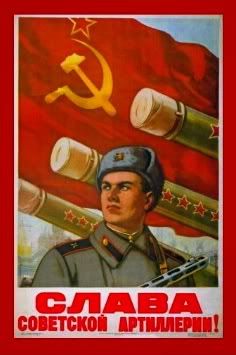
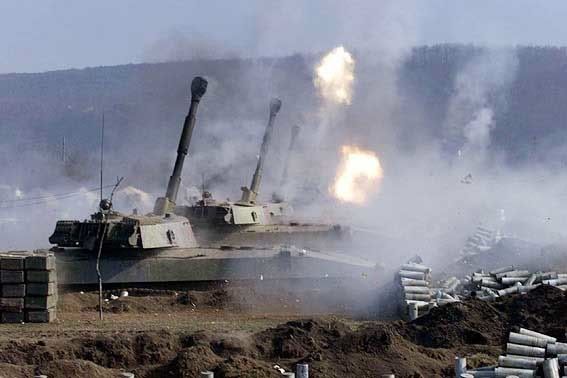
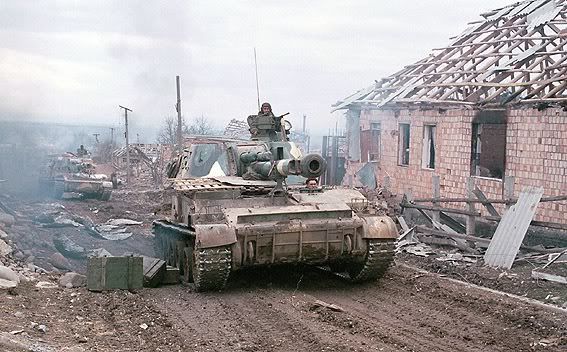

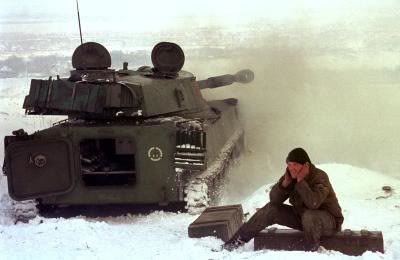

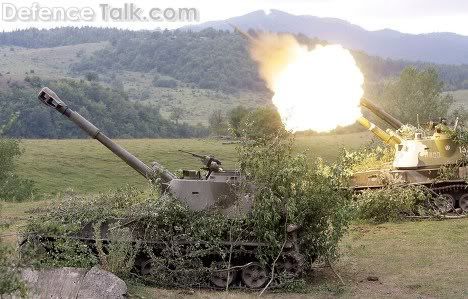
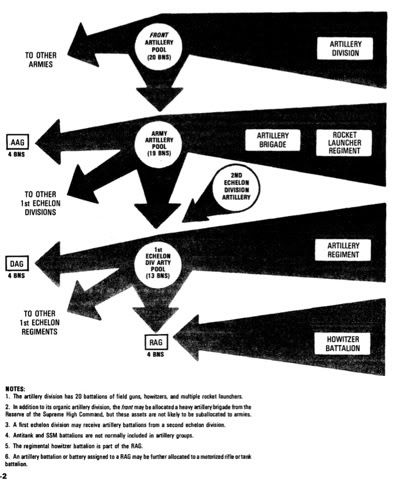
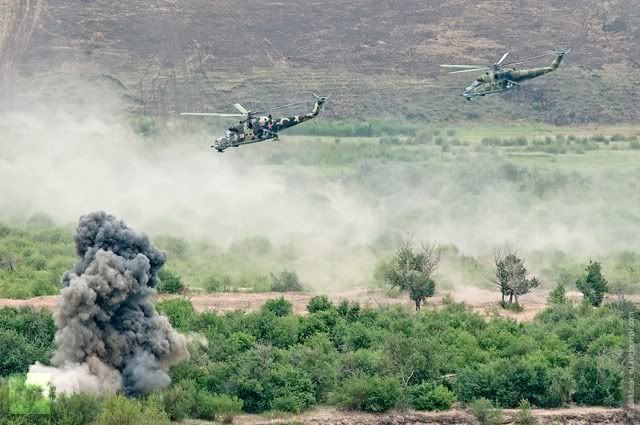
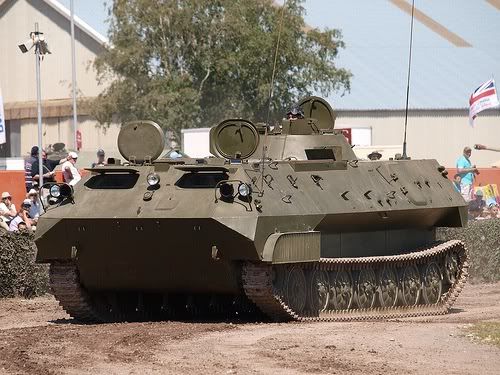
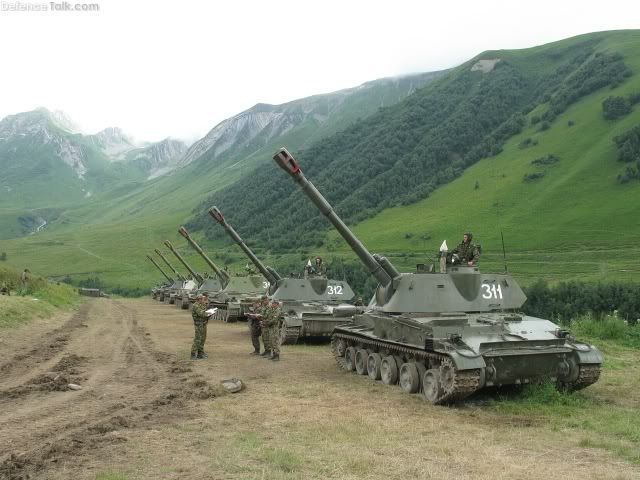
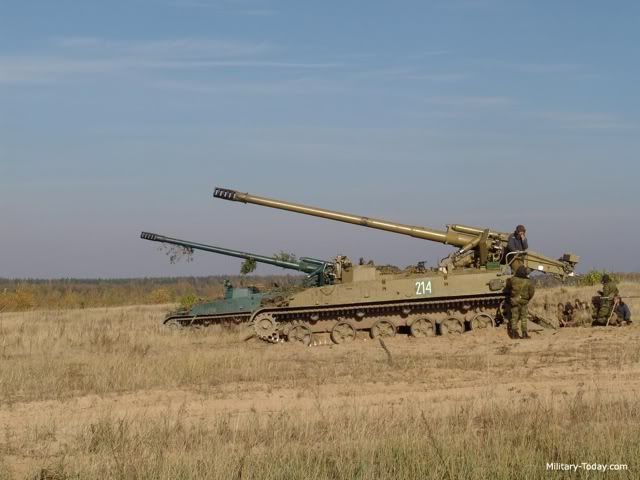
nice article
ReplyDeleteBM-27s available on the ebays!
ReplyDeletefound some BM - 30s they are tempting
ReplyDeleteGreat article Andy. Really appreciate your digging out these sources and summarising them. It supported what I suspected. A question though. You mentioned two control states - attached or support. I think that I understand the nature and extent of the attached state, but I'm less clear on what support means? From your reading, can you clarify? Cheers Martin
ReplyDeleteI enjoy it :) and it saves me going constantly back to the sources and that can just be painful. In answer to your question, I think it goes like this. Divisional Commander understands that regiment xx has a problem that artillery fire could help solve so he chooses to provide elements of the DAG in support of that regiment probably for a time perhaps only against a target, all the regiment gets is the fire and if another problem comes up it could get taken away. Attached units are under the control of the regiment and are theres to do with as they see fit. What I don't get is if the Divisional commander provides me with guns or fire units in support for a period of time do I tell him where to put the fire or is that also decided by him and his staff? If having been given them the regiments decide where the fire goes then to my mind its not a million miles from the way NATO did business. It would be interesting to hear if there are other views. Particularly from the Russian readers
Delete